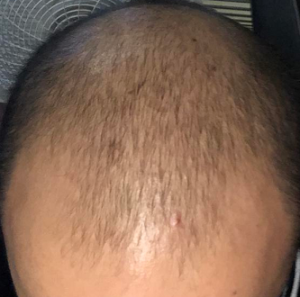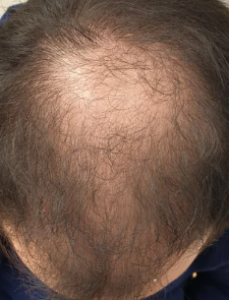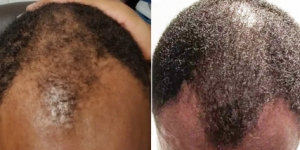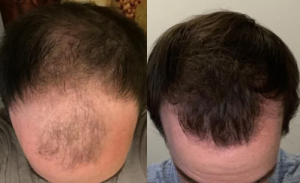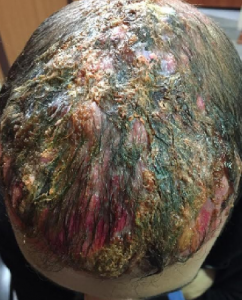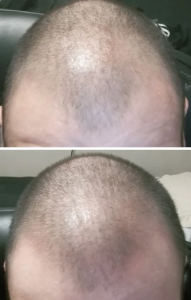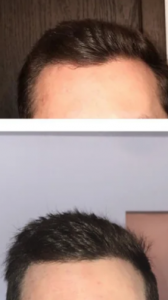Basically it’s all in my head and I’m really struggling with it. I’ve been on 0.5mg of Finasteride for about 7 months, I have my ups and downs but it’s worked wonders for my hair.
When I started I couldn’t get a hard on during sex, id wake up with morning wood so I know it’s not a physical issue but a mental one. that led me to stop taking fin for about 10 days.
I hopped back on, and I had a great mentality I just took it on got on with my day no sexual problems at all. But then I started to overthink things and my brain got the better off me, now I’m back to square one, I wake up with morning wood, and I even get hard during sex but it can never stay because it’s constantly on my mind during sex I can’t think of anything else apart from if I’m not going to be able to get it up.
Is this anxiety? And has anyone suffered from this?
It’s getting to the point where I’m thinking of coming off Finasteride, but I really like what it’s done for my hair. Any advice would be great.
It sounds like your physiology is working well; however, psychologically, you can talk yourself into anything. I always tell my patients that if I told then that if they breathed the air in my office and I told them that they would be impotent that night, they would be. Young men are easily influenced by much of what is published on these forums and it can be significant enough that they may not be candidates for finasteride.

